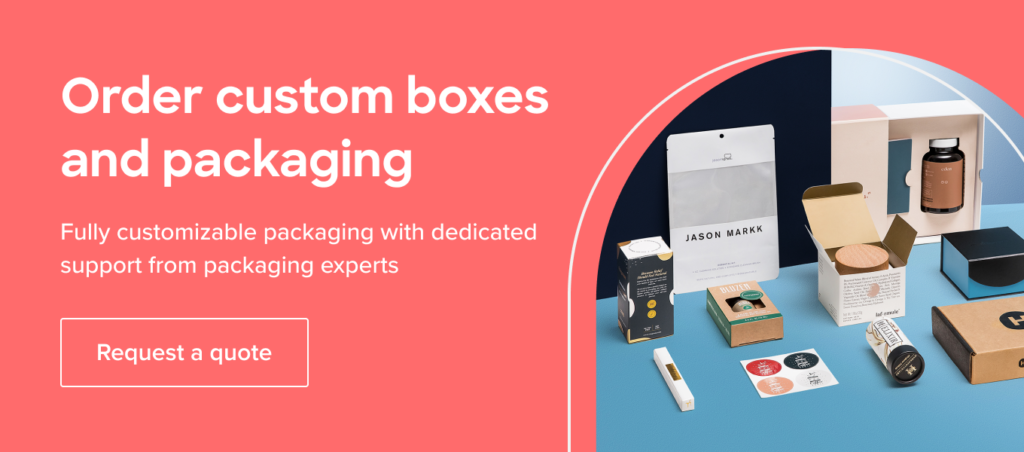Table of Contents
So, you’ve decided to delve into custom packaging for your business!
Let’s look into the top 5 considerations for choosing services within the industry before pursuing your custom packaging project.
It’s important to understand exactly what your business requires to execute your product launch plan effectively.
Here we aim to lay out important considerations when choosing a custom packaging company for your business.
1. Learn more about the Packaging Company
One thing many forget is that manufacturers and solution providers are not the same.
Learning more about the company you choose, allows you to determine what services you require from them.
While solution providers are able to manufacture, manufacturers are not able to provide tailored solutions to your product.
It’s important to understand the difference in order to be cost-effective, time efficient, and ensure high-quality results.
Manufacturers and Solution Providers
Every manufacturer comes with its own sets of expertise, certifications, and processes.
But how do you make a well-rounded decision for your specific packaging needs?
It’s likely you’ll end up employing several different services if you choose to work with a manufacturer only.
Therefore, it’s important to compare and contrast the companies you employ for your custom product packaging.
Taking a closer look at the certifications and processes they offer is an important part of choosing the correct manufacturer for your products.
Look at it this way; if one manufacturer offers a fast response time, high-quality printing, and on-time delivery while another manufacturer offers low error rates, sustainable efforts, and is FSC certified, you’ll need to weigh out your options.
While having a fast response time may sound appealing, this is not always a positive thing when it comes to the quality and durability of your packaging.
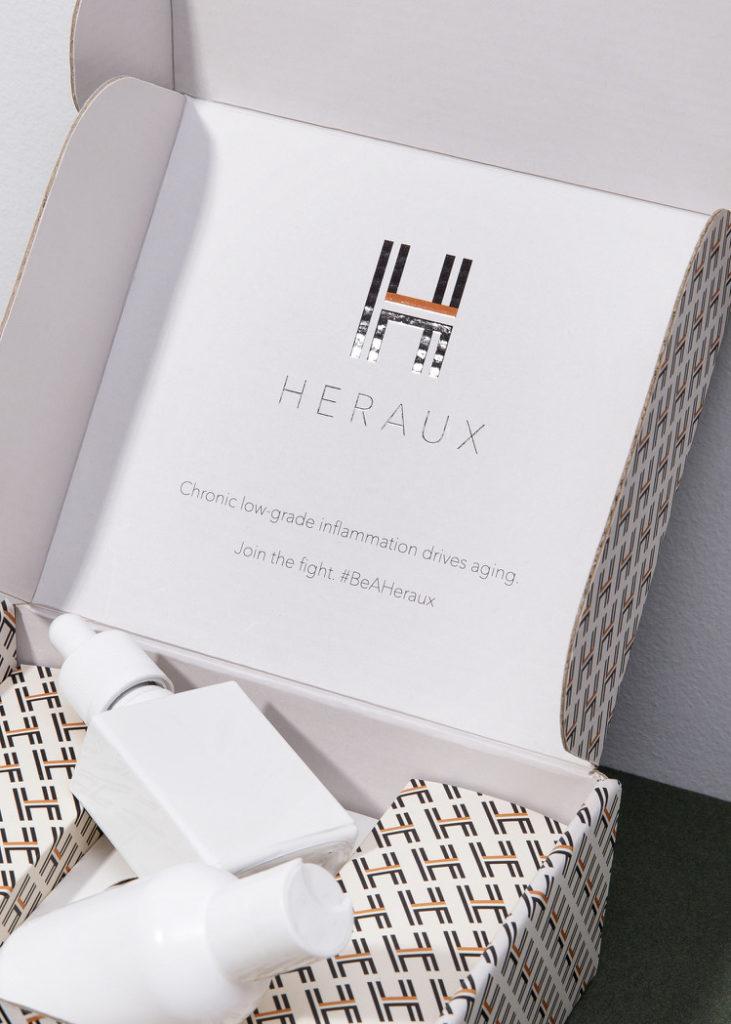
You’d be more likely to spend less money and time if you chose the company with low error rates as you wouldn’t have to spend more of your budget on producing new packaging if something goes wrong.
While this may take a little more time, the packaging will be engineered to fit your specifications much more accurately.
This means opting for a manufacturer with low error rates will be much more effective for your business.
Some of their price breakdowns include:
- Setup fees – preparing the machines based on your box specifications.
- Tooling – obtaining the correct components and machinery required to produce your project.
- Quality control and error/waste prevention
- Shipping and delivery
In addition to their certifications and offerings, determining whether you’d like to work with domestic or international manufacturing companies is another thing to keep in mind.
Deciding between domestic and international manufacturers will depend on the specifications of your project.
For example, if you’re looking to make a more sustainable effort with your packaging, you will more likely want to keep your manufacturing domestic to reduce your carbon emissions.
Furthermore, if you’re looking to get the most cost effective manufacturing, you’d probably outsource it internationally to get the best pricing possible.
Keep in mind not all companies offer the same services. Manufacturers will typically only provide you with production services.
This means you’d also have to outsource structural engineers, artwork designers and whatever other services you’d need to make your packaging desires come to life.
Solution providers offer not only production services but partial or full project cycle management.
This means they have the ability to guide you through your packaging design process, manufacturing, and logistics all in one place.
Solution providers’ priority is to tailor packaging solutions to your products for optimal protection and impact.
That’s why working one-on-one with a solution provider ensures you are getting what you need rather than what you want.
Think of it this way; you may want the highest quality packaging with the highest quality prints. However, this may not always be the best way to optimize product packaging.
For example; Rigid packaging or premium packaging. While it adds value to your products through its high-quality finish, the same effect can be achieved with Folding Carton.
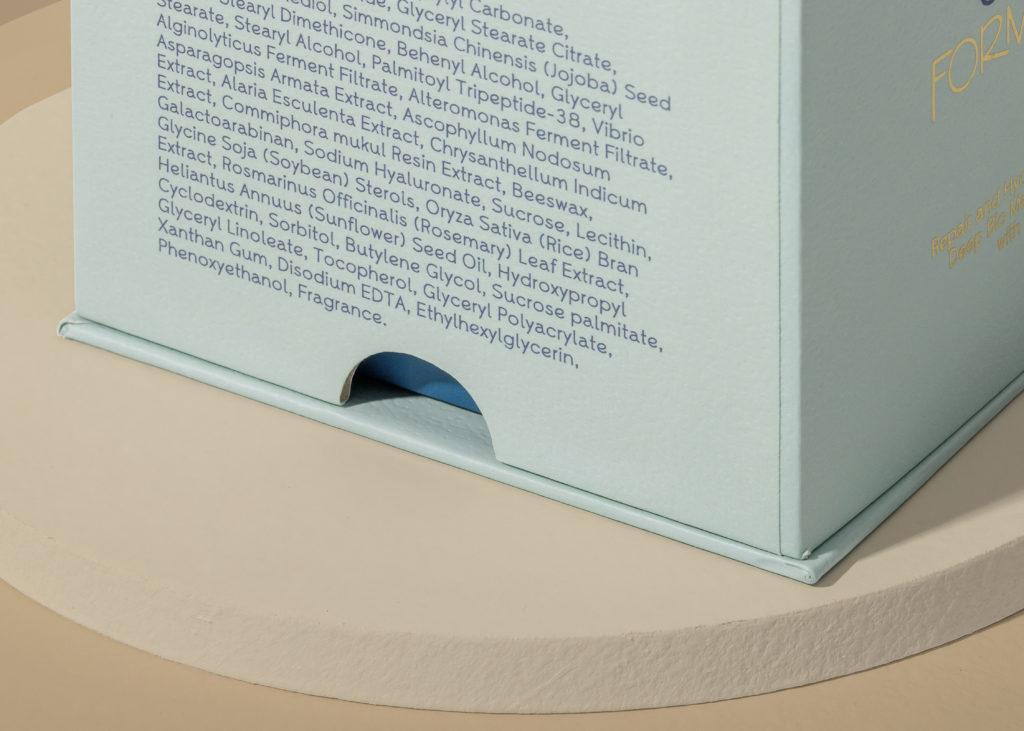
Folding Carton is more cost-effective to manufacture, yet still offers you the highest quality printing and finishing capabilities.
It’s best to find a custom packaging company that can cover all the services you need.
This way you have one team focused on your product launch, giving your product and packaging more brand unity throughout while optimizing all aspects of your product launch.
If you don’t have a good idea of how your product launch plan will look, finding a packaging specialist to help guide you through the process of determining all the aspects of your product launch will be immensely beneficial for your branding.
2. Set a Packaging Budget
Companies with a smaller budget may feel confined to large minimum orders that are simply too expensive to maintain.
Especially smaller businesses that may not need a mass amount of custom boxes for their products.
Volume planning involves details such as the order quantity, your product launch plan (your timeline), and set-up costs.
The project details and the decisions made for your product packaging are vital to determining the costs and in turn, help you make an informed decision on which packaging company to choose.
Keep in mind that most custom packaging companies will offer a large minimum order due to the set-up costs of production.
So, if you are a smaller-sized business you may want to opt for companies that have a lower minimum order rate to accommodate your needs more effectively.
Before sourcing your custom packaging, you should have a good idea of how many units you’ll need for your products.
Packaging Specialists can help you determine the optimal order quantity for your products to optimize your costs more effectively.
Your dielines are printed on huge sheets which means optimizing as much space on these sheets will minimize your setup costs.
Volume planning is important to determine which company can best optimize your specifications based on your order quantity, timeline, and set-up costs.
The cost of packaging depends on a number of factors structural design, the materials being used, the number of units, and more.
Based on your project details, the packaging costs can change drastically, making it hard to give a definite price at first glance.
However, setting a maximum budget for your packaging project including; materials, design services, printing, logistics, shipping, and warehousing, can help you make better decisions for your overall packaging supply budget.

If you are working with a manufacturer directly, they will not optimize your budget, they will simply manufacture what you order.
However, solution providers will optimize the cost of materials, printing, finishing, and structural design to fall into your desired price range.
This doesn’t mean they’ll be giving you low-quality products though.
There are many ways to optimize without sacrificing the quality you want.
Some of these aspects include;
- Finding the right structural design
- Creating dielines that reduce weight or material usage
- Optimizing cost-effective packaging materials
All these reductions help to find an affordable box that prioritizes your product and brand needs as well as your budget and volume.
Read more about cost-efficient custom packaging
3. Compare the Quality of Packaging Materials
Comparing and contrasting what materials manufacturers and solution providers offer for your product packaging is another crucial aspect to choosing the right packaging company for your business.
As briefly discussed, achieving a high-quality feel doesn’t always mean you have to opt for the highest-quality materials.
It’s important to compare material options suggested by solution providers because this heavily plays into the quality of your final product packaging.
Packaging specialists will offer you guidance on material optimization.
This means they will guide you through picking the right material for your products based on your branding, product specifications, and customer journey.
For example;
Do you want to communicate that your brand is sustainable but don’t have the budget to opt for high-end eco-friendly packaging?
Packaging specialists will likely advise that opting for Kraft paperboard is cost-effective, durable, and 100% eco-friendly while offering high-quality printing and finishing capabilities.
Read more on choosing the packaging for your product.

Furthermore, packaging specialists will advise you on any extra packaging materials depending on your product needs. This may include;
- Protective inserts
- Structural design features
- Material changes
4. Understand Quality Control and Structural Engineering
Custom packaging companies should quality test all their materials to ensure optimal support, protection, and durability of your product packaging.
It’s important to review the quality control measures companies take to verify the quality of your specified product packaging material.
For example, if a custom packaging company carries corrugated packaging materials, these materials should be tested using:
- The Edge Crush Test (ECT)
- The Burst Strength Test (Mullen)
These tests provide a better insight into the durability and strength of corrugated boxes.
Verifying these quality tests will ensure minimal product recalls and that your customers are receiving the quality they expect.
The great thing about custom packaging is that it is 100% tailored to your product and customers.
This means minimum room for product damage and maximum room for brand exposure.
Through structural engineering and quality control measures, packaging specialists will optimize your costs using quality-tested materials and structures.
For example; do you ever order a small item from Amazon, only for it to arrive in a giant box?
The item is practically swimming in paper and plastic for no apparent reason.
Structural engineering avoids using unnecessary amounts of materials to optimize your budget.
This means measuring your product to fit into your custom packaging with the least amount of materials possible, while still offering your product the protection and support it needs.
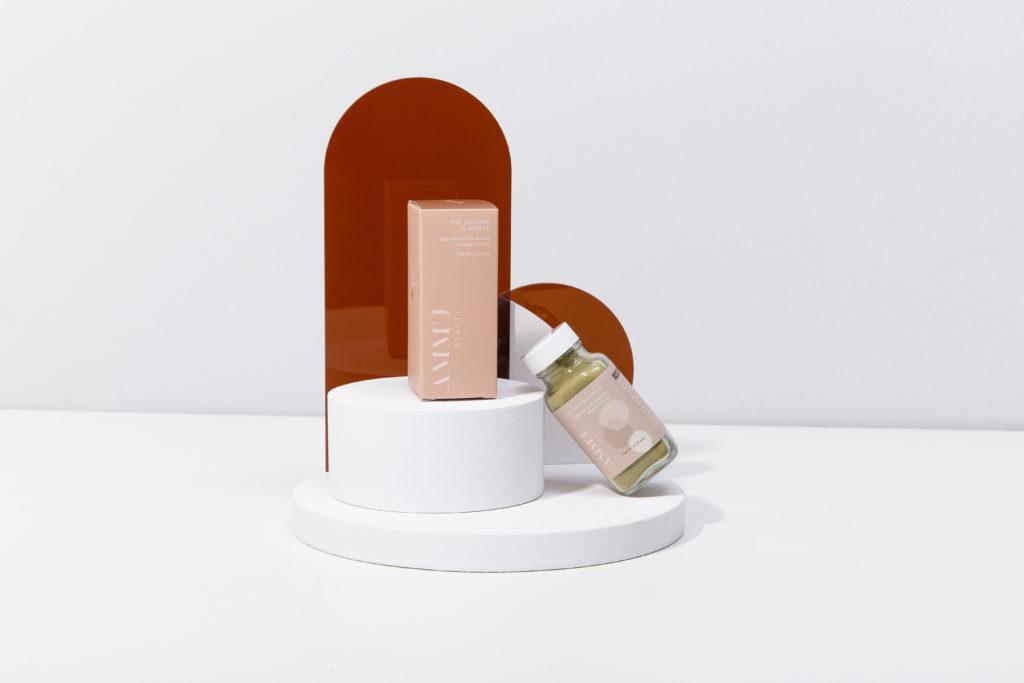
Taking the time to realize what you “need” from your box instead of what you “want” is essential.
Choosing foolproof structures and focusing on exceptional artwork design is a smart option if you’re not prepared to pay large amounts of money for complex product packaging designs.
Read more on how much custom packaging costs.
5. Plan for Logistics and Warehousing
The final step before pursuing your custom packaging desires is having a shipping and warehousing plan for your final product packaging.
Using Logistics services to help you with your shipping and warehousing options will ensure your custom packaging is well accommodated and arrives in time for your product launch.
Through using logistics services, you’re able to track your packaging and receive any updates regarding;
- Location
- Issues
- Delays
- Reroutes
If you are using a combination of shipping methods, you will be able to estimate the arrival time and transfers from one site to another.
Solution providers can help you plan your logistics and warehousing process as they offer partial or full project management services.
Manufacturers will not help you with this side of the process.
If you choose to go directly to a manufacturer it’s up to you to ensure your product packaging lands where you need it to be.
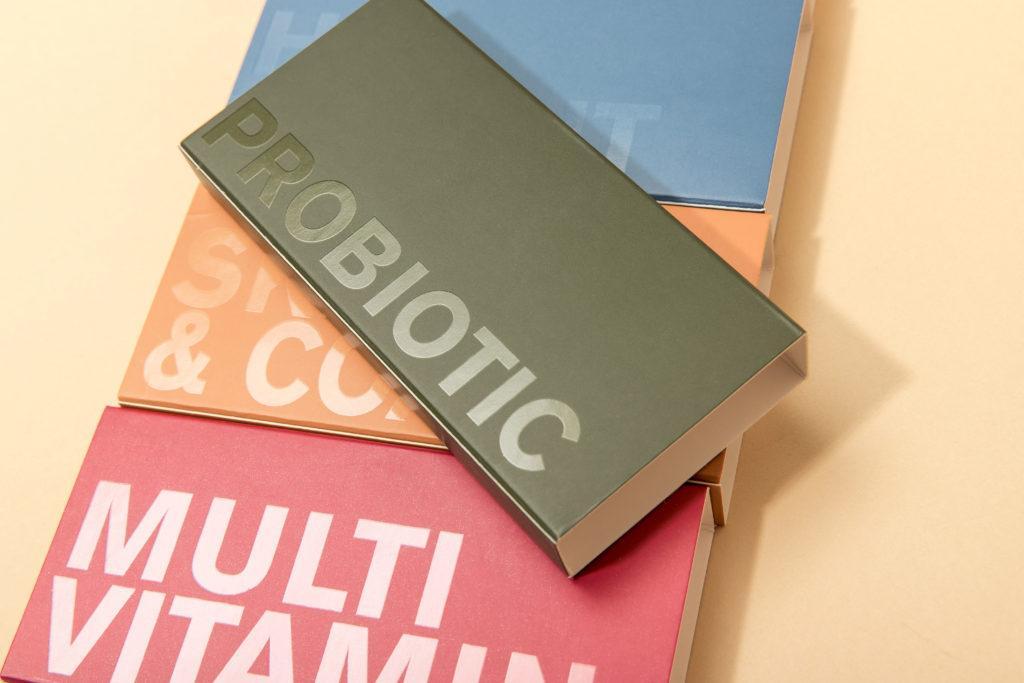
Similar to how transportation has different routes to getting from point A to point B, logistics assist in planning the most efficient packaging methods and routes that are inexpensive and punctual for your product launch.
Your timeline and due dates will be a big influence on deciding what mode of transportation to use.
Depending on where your business is located and your manufacturer’s location, some options will be more efficient than others.
If your time constraints are strict, air shipment or ground transportation may be the most reliable (of course, this also depends on the distance between your business and the manufacturer).
If your timeline is loose and flexible, sea shipment will be the most cost-effective solution.
The route and transportation method you choose not only saves you time but also avoids any uncertainties with regard to your product packaging.
It is best to find a company that can cover all the grounds discussed above to ensure your custom packaging journey runs smoothly.
